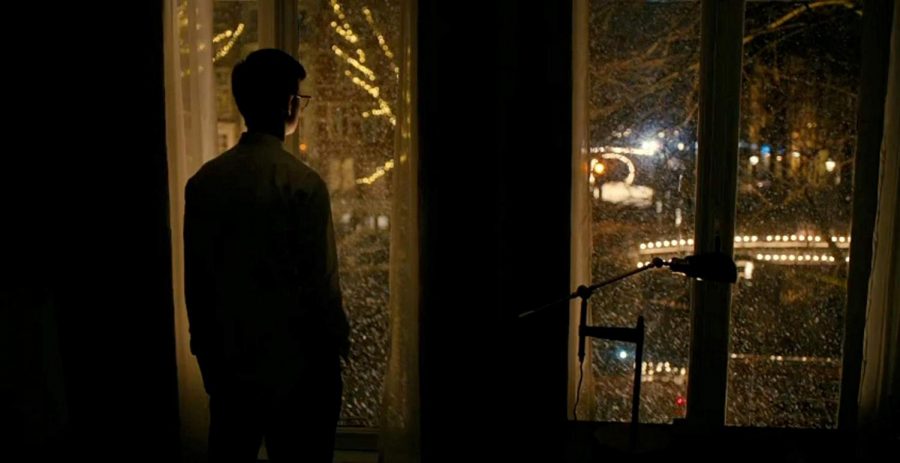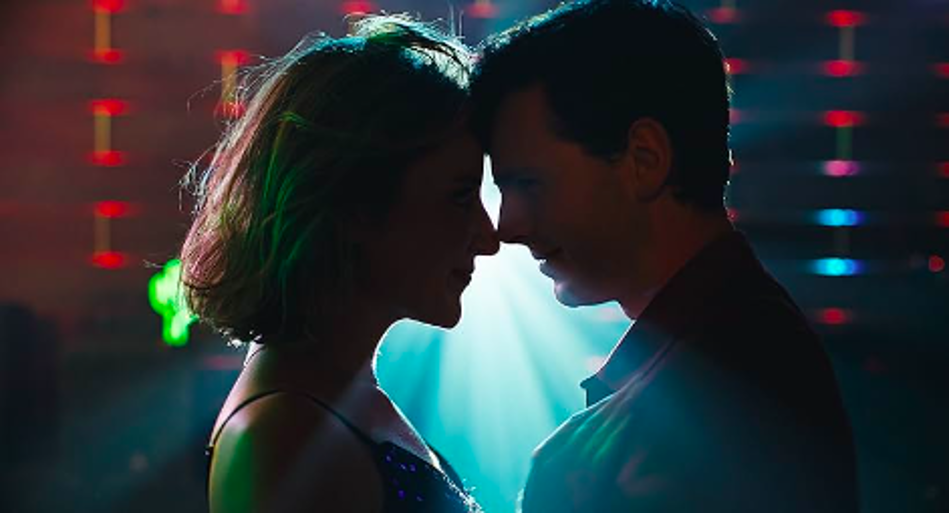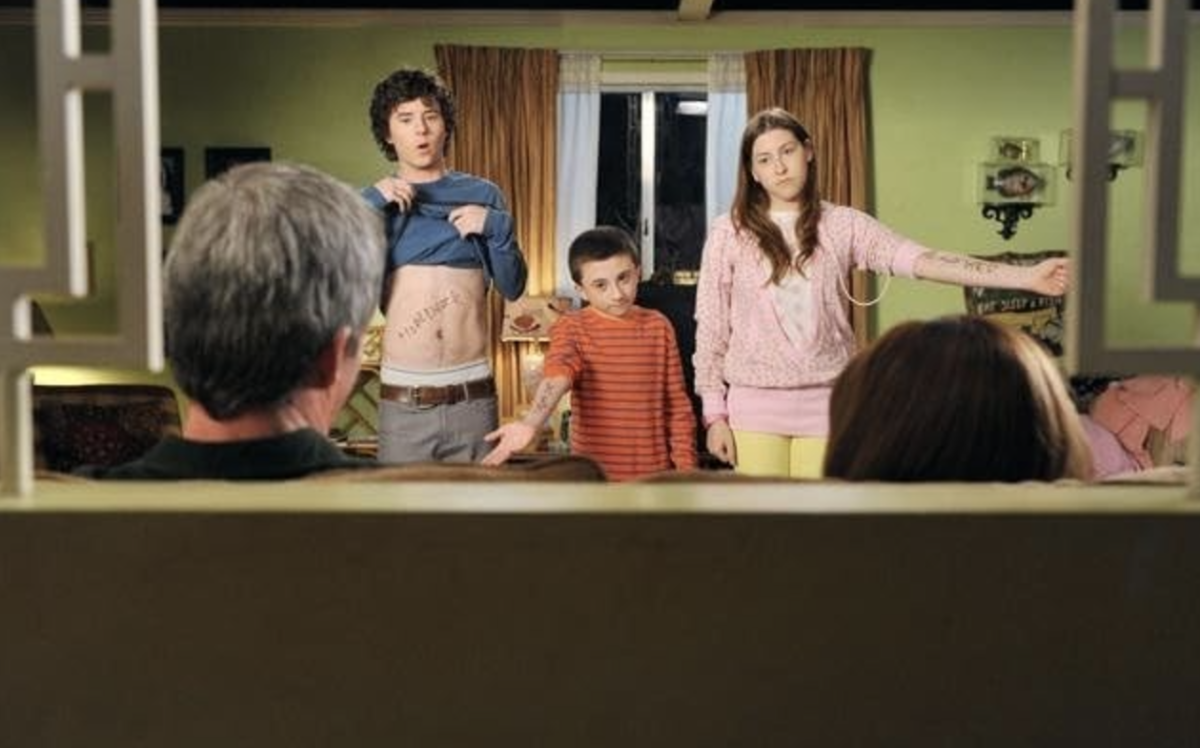In case you were intrigued by the ambiguity of the preview of Ansel Elgort’s new movie “The Goldfinch”, just know that the movie is ten times more vague and confusing than the preview.
“The Goldfinch” is told mostly in flashbacks and follows the life of a boy named Theodore Decker (Oakes Fegley and Ansel Elgort) after he survives a bombing at the Metropolitan Museum of Art that kills his mother. Right after the incident, he runs into a man who gives him a ring and tells him to take a painting called “The Goldfinch”. The painting has survived through many odds and Theodore ends up almost destroying the painting in the havoc that is his life. After the incident, Theo’s world is turned upside down as he bounces from family to family trying to find where he fits, all the while keeping the painting close with him, or so he thinks.
Cinematically, the movie uses some techniques that disorient the viewer even more than the already confusing plot. There are an abundance of close-up shots that focus either on a character or an object for a decent amount of time before showing the scene as a whole. The extended time spent on one close-up or extreme close-up shot and omitting the rest of the scene makes the audience feel as though they are not getting the whole story. The same can be applied to the many blurry and mirrored shots that are heavily scattered throughout the film. Some shots either start blurry and eventually focus while others will stay laser focused on one aspect of the shot and leave everything else blurry. This technique could be intended to help the audience focus on what’s important but comes across as director John Crowley trying to hide something that would help the audience make sense of the plot.
There are also many mirrored images in the film, where there are shots that the audience sees solely through a mirror. There are also other apparatus used to play along with this mirroring theme, like Theo’s glasses. You never see him without them and you can always see a reflection of the scene in his glasses. In result to this choice, the audience is neither seeing all of Theo nor all of the scene, keeping the audience on the outskirts once again.
Although this movie uses some eye catching and artistic camera work, it doesn’t make up for the poorly executed story. The amount of subplots the movie attempts to cover are simply too much. It becomes impossible for the audience to keep track of what is happening in all the plotlines and figure out which ones are important and which ones are not. There are too many subplots that do not have a big enough impact on the film or the main character as a whole to be included. Parts of them are significant, but other parts the film could have done without. Screenwriter Peter Straughan attempts to compress the entire Pulitzer Prize winning novel into a two-and-a-half hour film which results in a choppy, ever-changing movie. By keeping every plotline and character in the film, it is hard for the audience to connect with a character and relate to a specific emotional journey.
The film also runs into trouble with all its stark dichotomies. Even though any movie can put apparent contrasts to good use, “The Goldfinch” does not. One dichotomy that sticks out the most is the disparity between all the characters in the film. It is so disorienting at times that it feels like an entirely different movie. In the first act of the movie, Theo spends his time with his school friend’s family, the Barbers. This sets the scene for a traditional, proper, perhaps 1950s family. Then different characters are introduced which takes the film in the opposite direction that it was setting up. All of a sudden the audience is teleported from the calm, proper, wealthy atmosphere of the Barber’s to the eerie, abandoned, sleazy Nevada neighborhood where Theo’s father (Luke Wilson) lives and introduce Theo to a much more troubled life outside of Vegas. These quick and sudden contradictions lead the viewer to the question the time period, which is a common critique of this movie. Parts of the movie feel like the classic 1950s whereas others feel like the early 21st century and there aren’t any clear indicators of the actual year, either with young Theo or older Theo.
The baffling plot is probably due to the long-winded novel the movie is based off of. It’s practically impossible to cover every detail of a 771 page novel in a film that’s under three hours. However, there are definitely details which could have been omitted and others emphasized to help make the storyline easier to follow. “The Goldfinch” seems to have good intentions but it suffers from poor execution.
Emma Ryan can be reached at [email protected]



















